
For fleets that have kept waiting patiently, this year has brought an exciting onset of “firsts” in the EV market. This is great news for different types of fleets, from emergency services to shipping to utilities, who now have one more option to help future-proof operations and meet long-term sustainability goals.

While fleets are concerned with the procurement of EVs, energy suppliers are concerned with ensuring the grid can even support such a large increase in demand. The US Department of Energy estimates that electricity consumption could go up by 38 percent by 2050 due to the transition to EVs. The challenge now is generating enough clean energy to support this change.
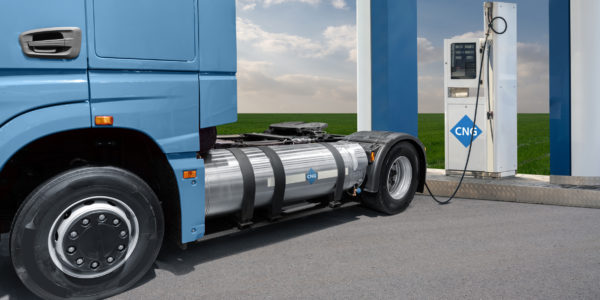
CNG is an alternative fuel that has been used in fleet for decades. There are over 175,000 CNG-powered vehicles in the US today. Many are wondering, however, is investing in CNG worth it if electrification is the end goal?

Alternative fuels are on the top of many fleet managers’ minds these days. Fleets are exploring new ways to get the job done while remaining operationally efficient, cost effective and sustainable. As a result, many managers are introducing a mix of electric, hydrogen, and natural gas-powered vehicles into their fleet to work alongside traditional gas and diesel ICEVs.
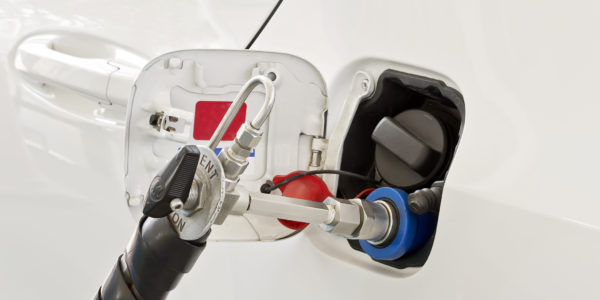
As EV production struggles to keep up and delivery dates keep being pushed back, many fleets are left wondering whether their sustainability goals are even feasible in the immediate future. One potential solution is the use of natural gas to power light- to heavy-duty vehicles.
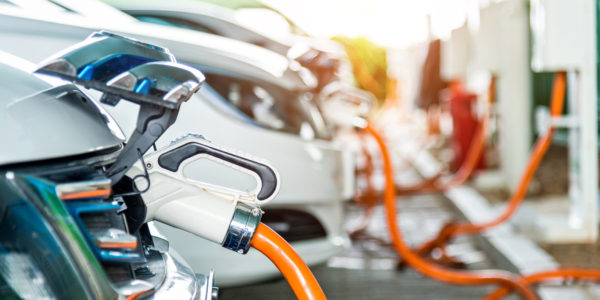
Choosing to charge EVs on-site or at drivers’ homes each come with their own pros, cons and general considerations from infrastructure installation to electricity costs to charging schedules.
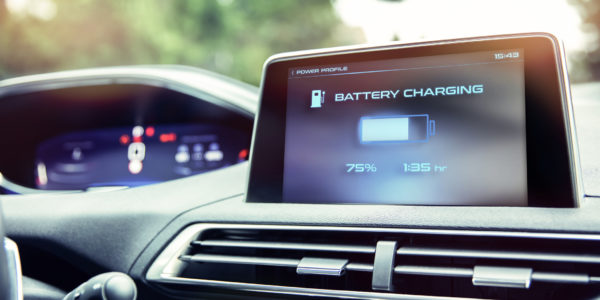
In addition to extreme temperatures and battery degradation, EV drivers are noticing another phenomenon affecting their battery performance and fuel efficiency. Phantom drain, also known as vampire drain, occurs when energy is lost from a battery when the vehicle is not in use.
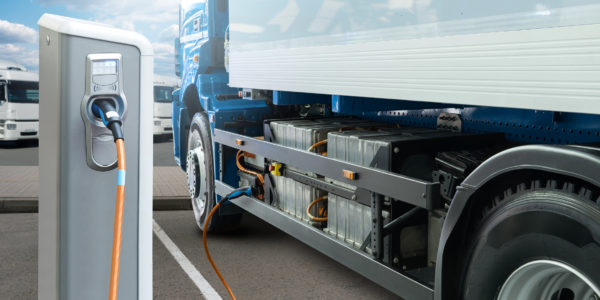
Charging infrastructure is a crucial element of electrification that many leave as an afterthought to EV adoption. Installation of EV infrastructure can take up to months, and fleet managers must consider their charging strategy, budget, available space and the infrastructure company they will work with.

Utilimarc, an industry leader in fleet analytics and authorized Geotab premier reseller, today announced its partnership with Geotab, a global leader in IoT and connected transportation.